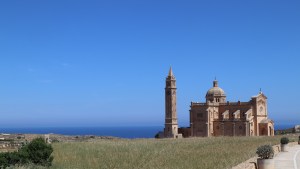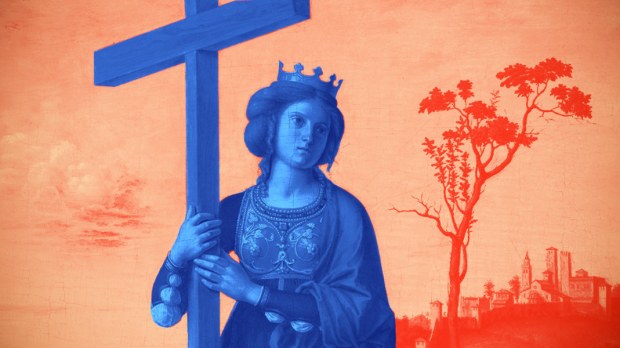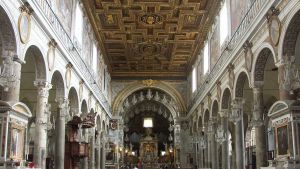Catholic pilgrimages held great significance in shaping the religious and cultural landscape of medieval Europe. As the practice of traveling to a place considered holy became more and more significant, notable figures became pilgrims. Two of these noteworthy characters whose trips contributed to the establishment of the tradition of pilgrimage were Egeria and Helena. Their voyages exemplify the profound cultural, religious, and even economic impact of these transformative journeys.
As Christianity spread and took root across Europe, a strong desire arose among the faithful to seek solace, grace, and redemption in places mentioned both in the Bible and in hagiographical stories of the early Christian centuries. The Middle Ages witnessed the construction of grand cathedrals, monastic centers, and the veneration of sacred relics associated with biblical figures and saints. These developments, coupled with a longing for spiritual renewal, led to the rise of pilgrimages.
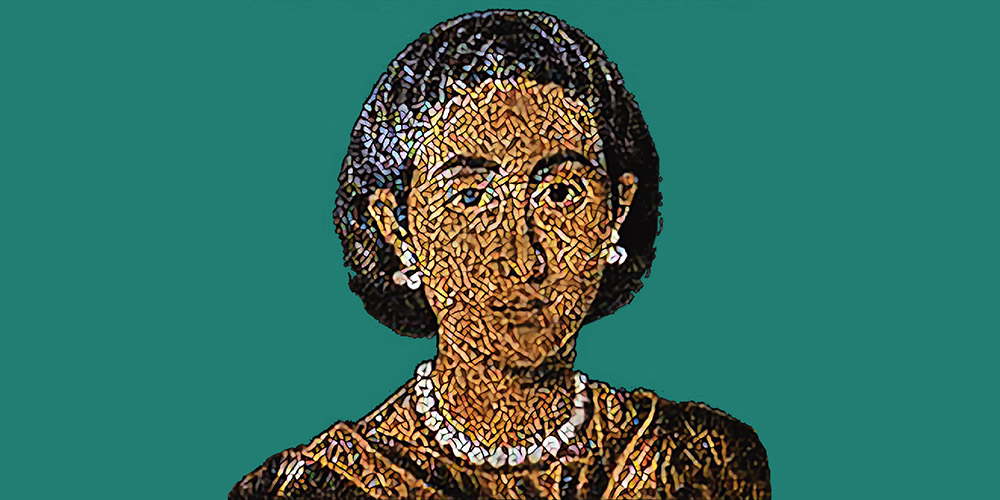
One notable pilgrimage was that of Egeria – a Christian woman from either Gaul (modern-day France) or Gallicia (in Spain). She is widely regarded to be the author of a detailed account of a pilgrimage to the Holy Land about 381–386. The long letter (more like a travel diary), dubbed Peregrinatio or Itinerarium Egeriae, is addressed to a circle of women at home, and provides invaluable insights into the practice of medieval Catholic pilgrimages.
Egeria’s pilgrimage took her to numerous holy sites in Jerusalem, including the Church of the Holy Sepulchre and the Mount of Olives. Apparently, her meticulous documentation served as a guidebook for subsequent generations, influencing the pilgrimage experiences of many who followed in her footsteps: She sailed across the Red Sea and traversed Arabia, and got to Antioch and Constantinople after passing through Palestine, describing in precise detail the Constantinian basilicas and the liturgies of the Holy Places.
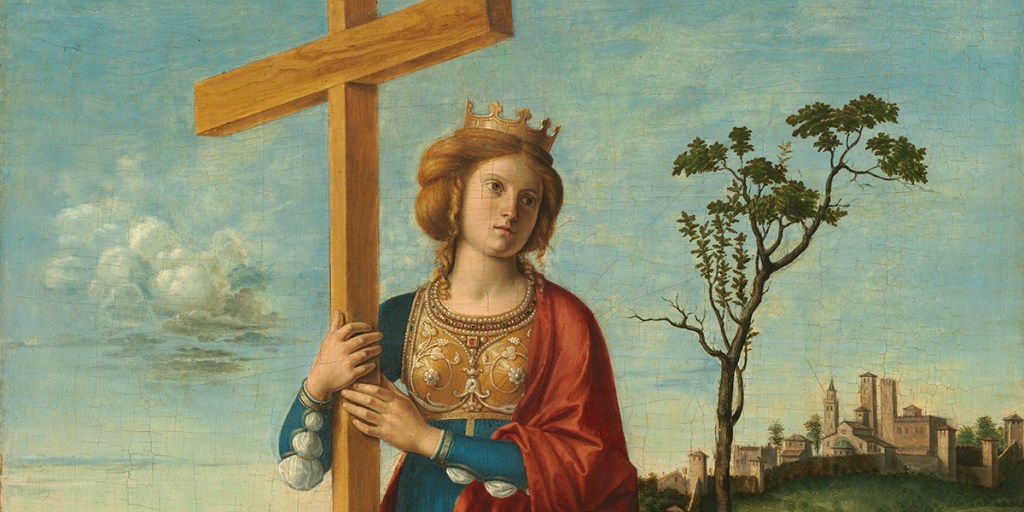
The fortune of the Itinerarium Egeriae is an exceptional case in the historiography of the pilgrimage. Her diary was discovered a century and a half ago in the library of the Fraternity of Santa Maria della Misericordia in Arezzo, and was wrongly attributed for quite some timeto St. Sylvia of Aquitaine,who also embarked on a similar pilgrimage in the 4th century. As explained by L’Osservatore Romano, “only a decade after the discovery of the codex, there were already five editions and four complete translations: Russian (1890), Italian (1890), English (1891), Danish (1896), followed in the next years by those in Greek, German, Spanish, French, Polish, Portuguese, Romanian, Catalan and Hebrew.”
But Egeria was not the first pilgrim to Jerusalem. That would have been Helena, the mother of Emperor Constantine. Tradition claims that her pilgrimage to the Holy Land had the specific purpose of discovering the true cross upon which Jesus Christ was crucified. Her journey resulted in the unearthing of several important relics and sites, including the True Cross and the Holy Sepulchre. Her findings gave rise to numerous pilgrimage sites that continue to attract pilgrims to this day.
Early Catholic pilgrimages held great significance for various reasons. First, pilgrims sought spiritual renewal and a deepening of their faith through immersive encounters with sacred sites and relics. These journeys were seen as transformative, offering pilgrims the opportunity to draw closer to God. Secondly, the pursuit of physical healing and miracles served as a driving force for many pilgrims, as they sought divine intervention at the holy sites they visited. Additionally, the desire for social and communal connections fostered a sense of collective identity among pilgrims, forging bonds and a shared purpose.
The legacy of these early Catholic pilgrimages endured in European society and is still felt today in the Christian community in general. These spiritual journeys not only facilitated the growth of urban centers, as towns developed along popular pilgrimage routes, but also contributed to economic prosperity through the establishment of inns, markets, and shops catering to the needs of pilgrims. Moreover, the pilgrimage experience transcended social boundaries, bringing together individuals from different classes and backgrounds, fostering a sense of shared religious identity and unity.
